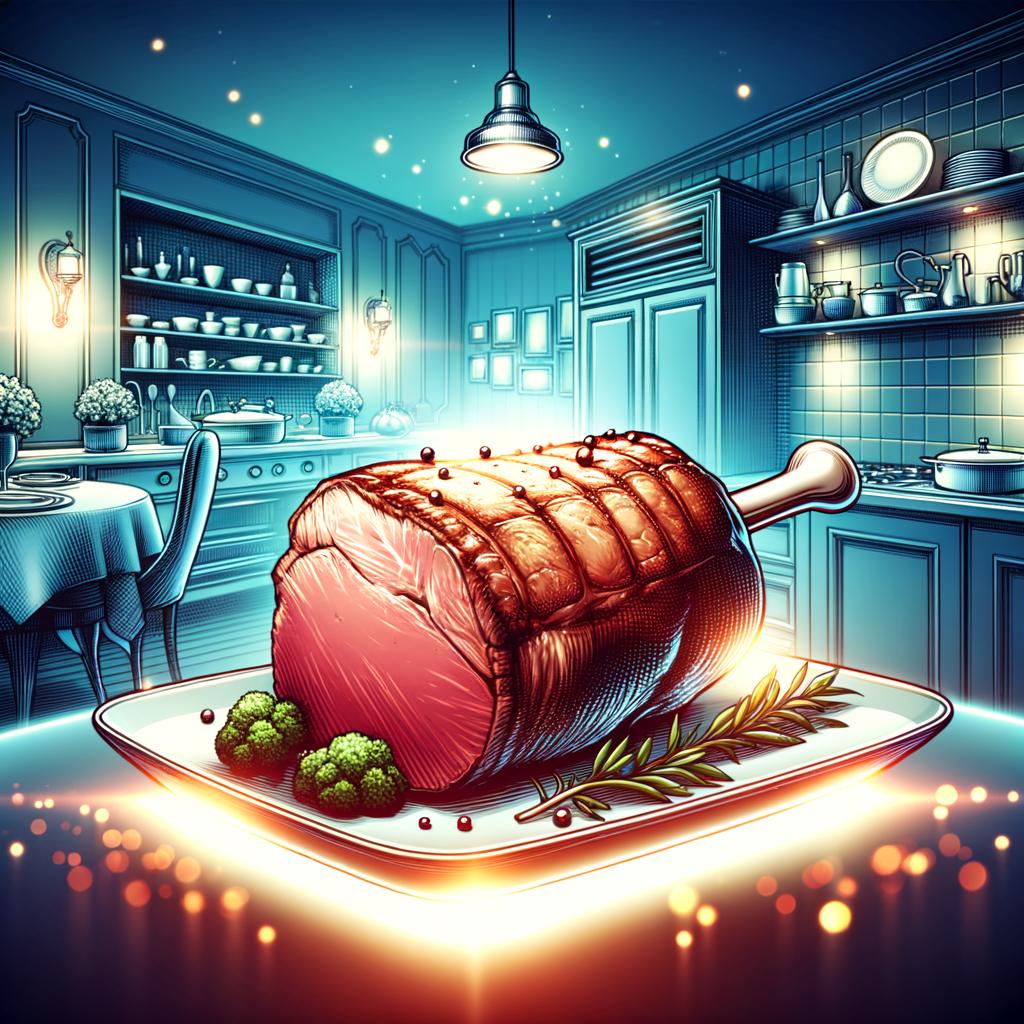Veal Roast

Description
Veal roast, a delicate and tender piece of meat, is a culinary delight that needs no introduction. A product of young cattle, usually under 22 weeks old, its appearance is notably lighter than beef, with a pale pink hue that speaks of its tenderness and soft texture. Its flavor profile is subtler, more delicate, and less gamey than its mature counterpart, with a unique, slightly sweet aftertaste that sets it apart. The velvety texture of a well-cooked veal roast is a sensory experience that transcends the ordinary, making it a sought-after ingredient in many gourmet kitchens.
Primary Uses
Veal roast is commonly used in a variety of cooking styles, from roasting to braising. It shines as the star of many traditional dishes across various cuisines, including the Italian 'Ossobuco', the French 'Blanquette de Veau', and the classic Veal Roast of American Sunday dinners. Beyond its culinary uses, veal has cultural significance in many societies, often served during festive occasions and celebrations due to its status as a luxury ingredient.
History
The history of veal is intertwined with the history of dairy farming. In ancient times, veal was a byproduct of dairy farms, where young male calves, unable to produce milk, were raised for their meat. It gained popularity in the Middle Ages in Europe, especially in France and Italy, where it became a staple of their famous cuisines. Veal's use has evolved over time, with its popularity waxing and waning due to various factors, including ethical concerns and changing dietary preferences. However, it continues to hold a place in the culinary world as a symbol of opulence and fine dining.
Nutritional Information
Veal is a good source of protein, providing essential amino acids necessary for bodily functions. It's also rich in vitamins such as B12, which supports nerve function, and minerals like zinc, which boosts the immune system. Compared to beef, veal has fewer calories and less fat, making it a leaner choice for meat lovers. However, it's important to consume veal in moderation, as it can be high in cholesterol. As with all foods, balance and moderation are key to incorporating veal into a healthy diet.

